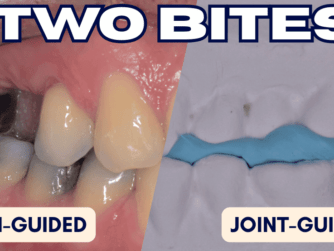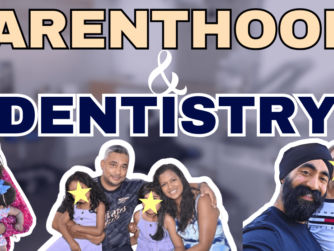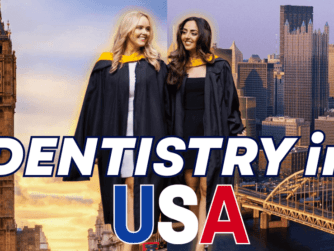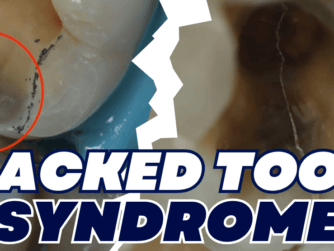Podcast: Play in new window | Download (Duration: 42:31 — 61.6MB)
Subscribe: RSS
Check out the ‘semi-indirect’ technique to restore toothwear cases – including palatal backings made chairside and bonded at the same time.
Join Jaz as he geeks out with Dr Zohaib Khwaja to extract the nuances of this clever technique.
We also deep dive into the Dahl technique.
Protrusive Guidance members with access to the Protrusive Vault can check our Semi-Indirect Composite infographic with a step by step visual protocol for semi-indirect palatal backings.
Protrusive Dental Pearl: Practice finding centric relation on your general patients, even if they are just attending for a routine examination. It is a great way to get practice!
Check out Dr Khwaja’s Instagram page
Highlights of this Episode:
02:48 – Protrusive Dental Pearl – Finding CR
05:15 – Dr. Zohaib Khwaja Introduction
11:14 – What is the Dahl Technique?
17:41 – Restoring Worn Posterior Teeth
28:37 – Restoring Anterior Teeth
39:23 – Dr. Zohaib – The Teacher
Access the CPD quiz through our app on https://www.protrusive.app, either on your browser or by downloading our mobile app.
For the full educational experience, our Ultimate Education Plan gives you access to all our courses, webinars, and exclusive monthly content. Join us on Protrusive Guidance, our own platform for dental professionals. No need for Facebook anymore! 😉
If you liked this episode, you will also like Why do some Dentists find Dahl Distasteful? – PDP016







